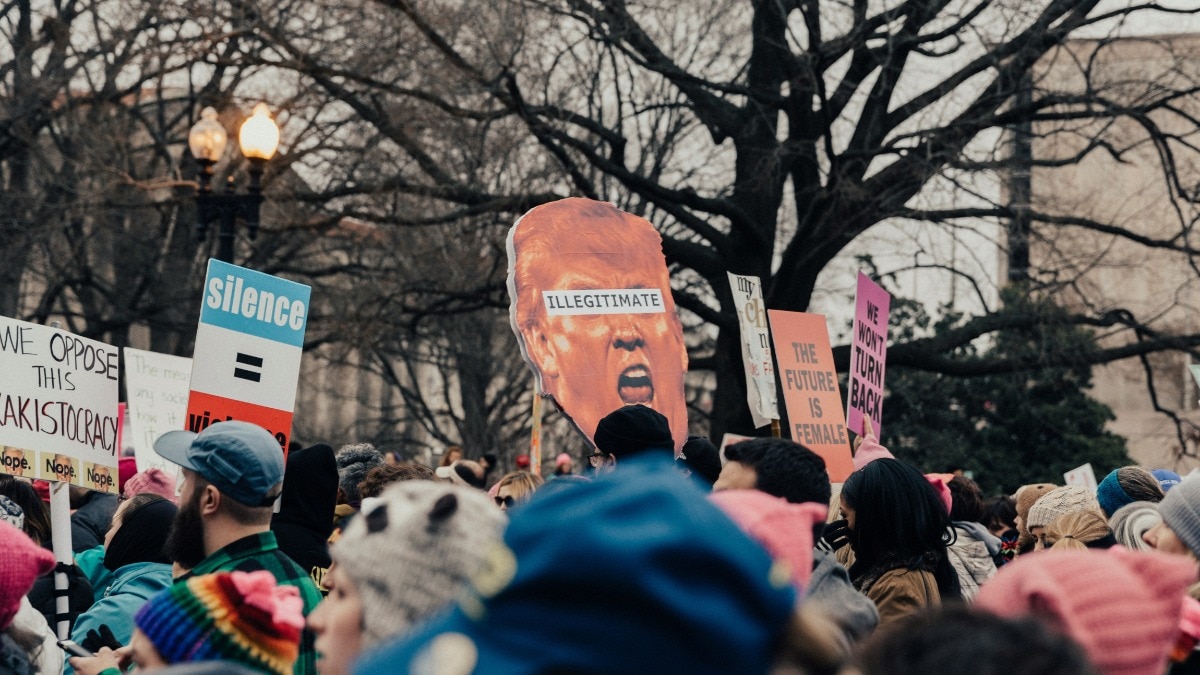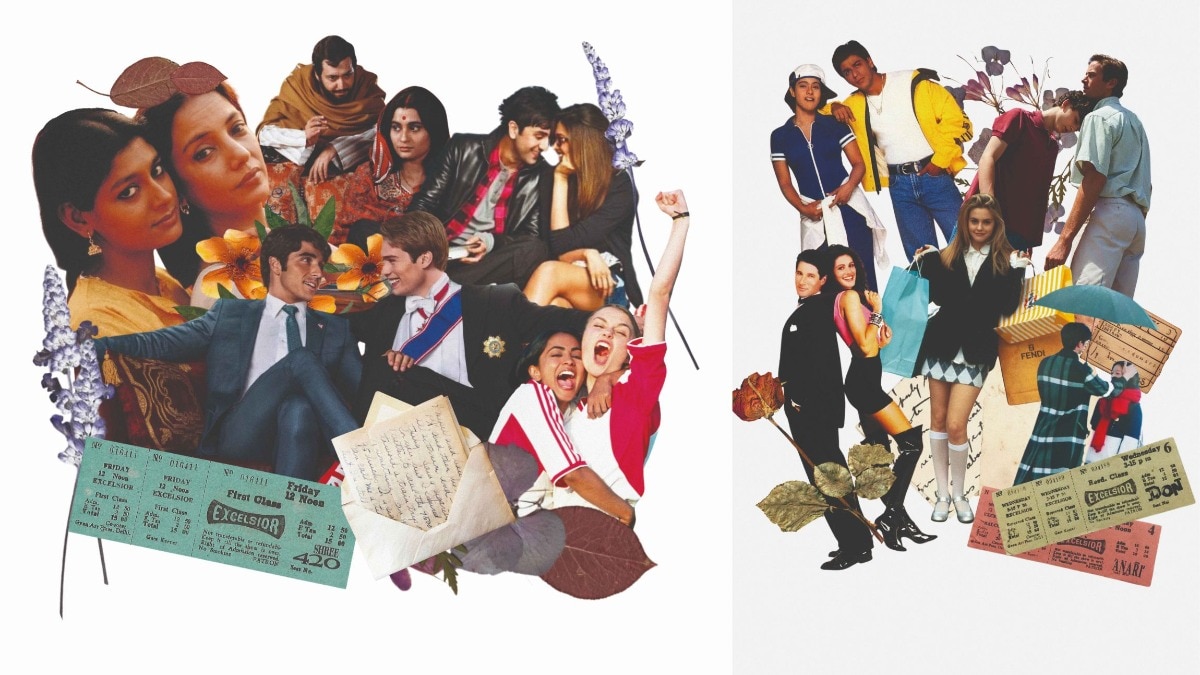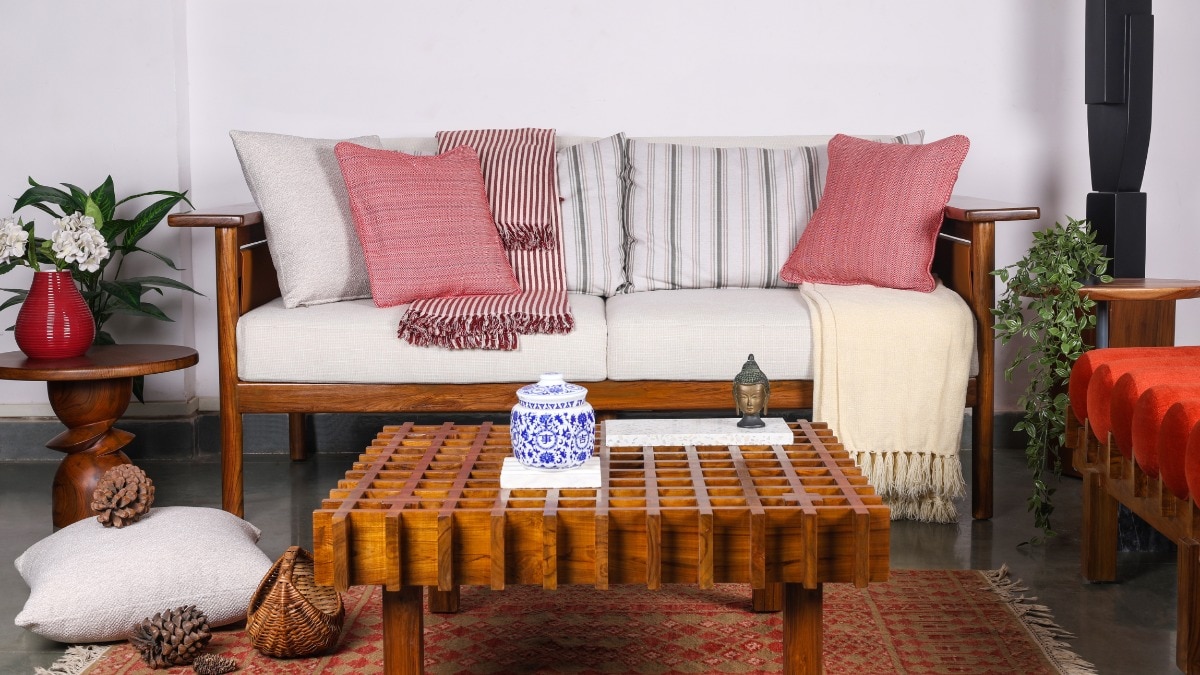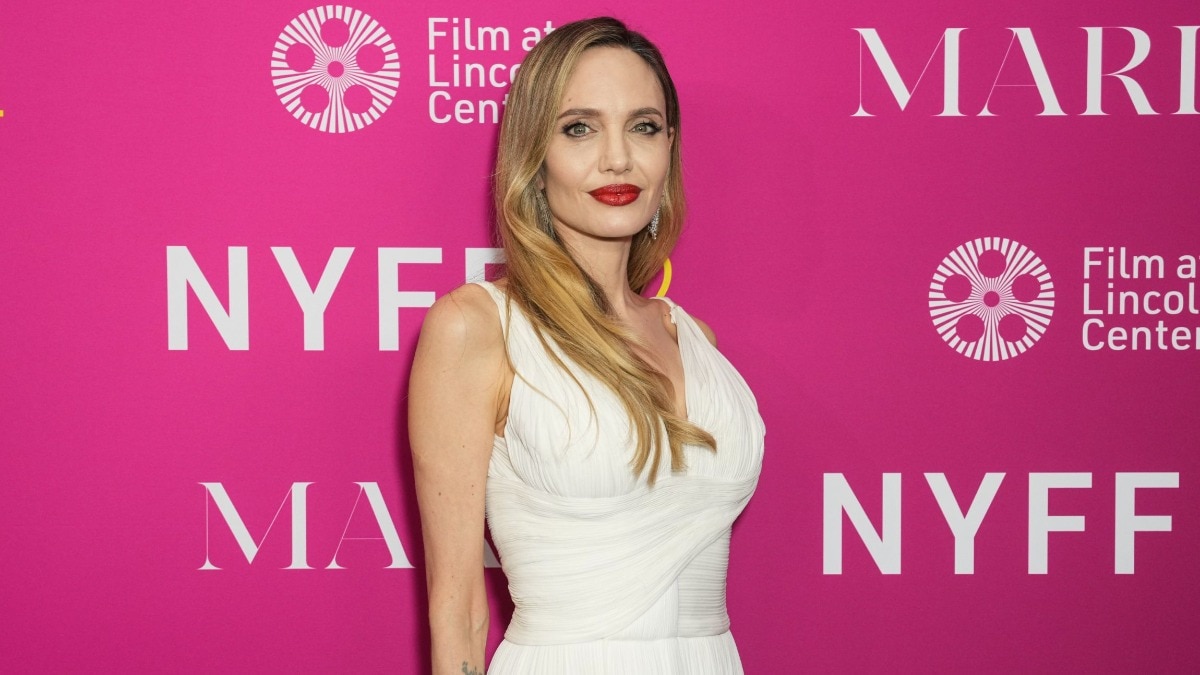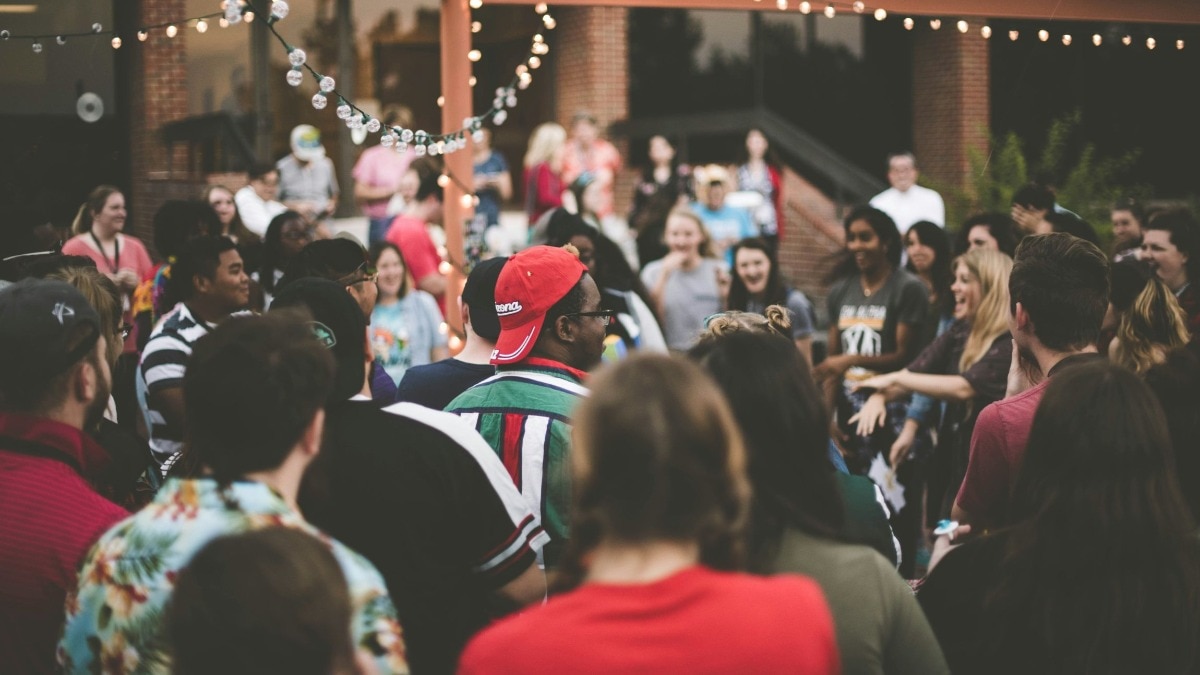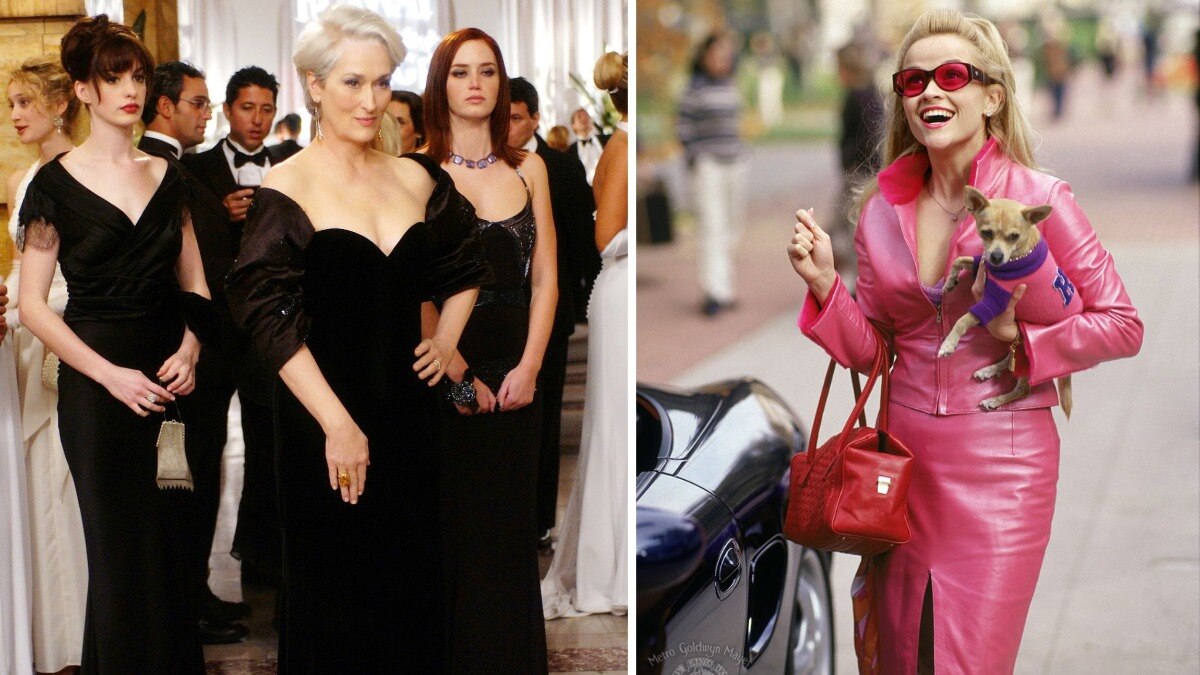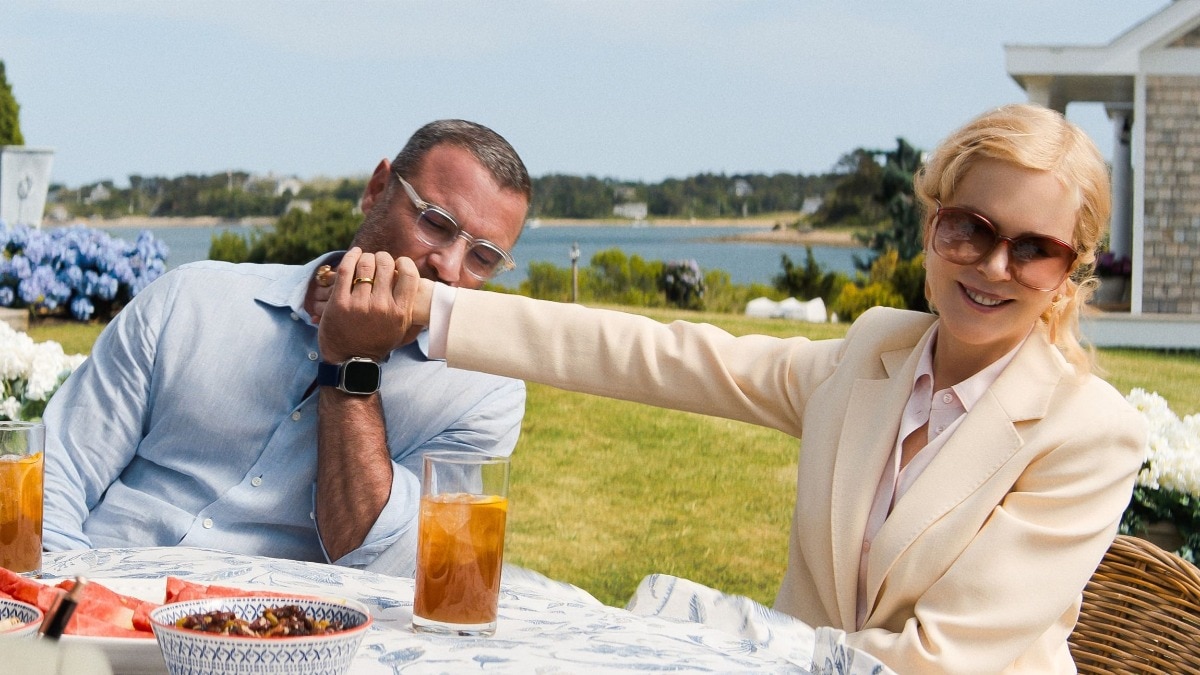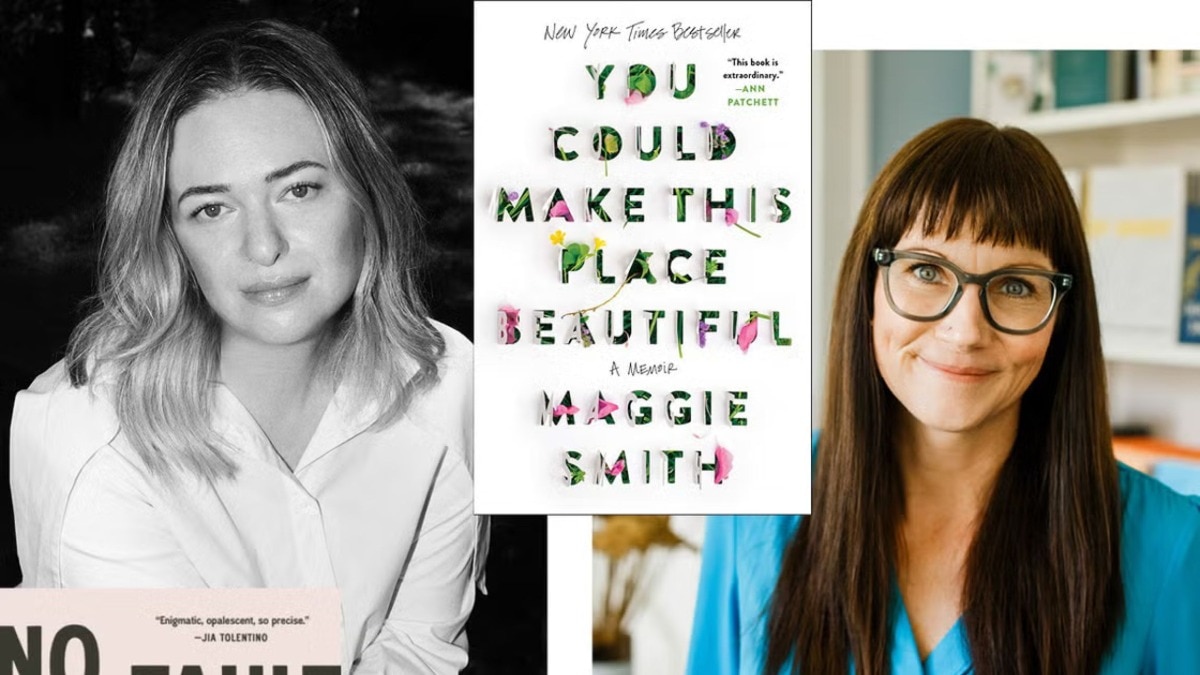Portraits of resistance by visual artist Shirin Neshat
Neshat, who continues to make waves through her work in film, video and photography, looks back at her dreams—long practice of celebrating the strength and courage of women in her native Iran


I grew up in Qazvin, which was a very religious and conservative city. I don’t know where I got it from, my parents were not at all culturally inclined, but I had this urge to be an artist; I loved to draw in school. I left Iran in 1975 when I was 17 to study art at the University of California, Berkeley, where I received my bachelor’s, master of arts, and master of fine arts degrees. It was there that I realised my idea of being an artist was purely romantic; I was not good at art at all. I was also a little distracted during school: The Iranian Revolution took place from 1978 into early 1979 and culminated in the installation of the Islamic Republic. I barely graduated, and when I did, I dropped making art altogether.
After the revolution, the United States and Iran severed diplomatic relations, so I didn’t see my family for more than a decade. In 1989, when the first supreme leader, Ayatollah Khomeini, died and was replaced by the current supreme leader, Ali Khamenei, it was finally possible for me to return. In 1990, I did.
When I visited, I was shocked and overwhelmed by how religious the country had become. The Islamic Republic had hung banners all over Tehran with anti-Israel and anti-America rhetoric. And it was kind of frightening, because even my own sisters and mother were always in hijabs. They were almost unrecognisable to me. Before I left, they were different women, so cosmopolitan. I was very impacted by how Iran had transformed into a different country and became obsessed with how it impacted women’s lives.
Once I returned to New York, I started to think about making work that reflected upon what I had experienced. I finally became an artist because I had a purpose.
I was fascinated by how Iranian women’s bodies have served as a battlefield for authority, ideology, and politics. My first series of photographs were Unveiling (1993), which explored how the hijab controls the female body on a psychological and emotional level, and Women of Allah (1993–97), which examined the religious fervor and fanaticism that flourished in Iran after the revolution, specifically in relation to the extremely religious women who became voluntarily militant. I wasn’t trying to support or criticise anything; I was just trying to delve into certain questions that seemed so paradoxical and contradictory to the nature of women.
I had never done photography at that time, but I loved photo-journalism and the way you could capture reality but make it much more stylised. I initially asked a photographer friend if they would mind taking my picture, I am the subject in the entire 'Women of Allah' series, and ran out and rented a prop gun for some of the frames. Then I started to copy poems by Iranian women and draw Iranian-Persian motifs in ink directly onto the photographs, which became my signature style. I made a lot of mistakes, but eventually my writing and photography got better.
After a few years, I felt a certain exhaustion just doing calligraphy over photographs. I had always been in love with the moving picture and began making video installations. They investigated Iranian culture and the women and men within Islamic culture, but they felt much more lyrical, poetic, and more like storytelling.
In 1999, I won the First International Prize at the Venice Biennale for Turbulent (1998). It predicted so much of what’s happening today with the uprising in Iran sparked by the death of Mahsa Amini at the hands of the morality police. It involves two projections on opposite walls: On one side, there’s a man who’s more of a conformist, and he’s singing beautiful traditional music in front of a room full of men; on the other side, there’s a woman in an empty auditorium. When it comes to her turn, she sings something totally evocative, and it becomes pure protest. It’s about female strength, a sense of rebellion, and the defiance of women. That is still one of my favorite works that I’ve ever done.
My restlessness with my mediums continued, and I began making feature-length movies. One of them, Women Without Men, won the Silver Lion at the Venice Film Festival in 2009. It was based on a magical novel by the legendary Iranian writer Shahrnush Parsipur and was banned in Iran because it was viewed as sacrilegious. The book is about a few women who run away from their traditional lives—the men in their home, the government—and find this orchard where they create their own society and oasis.
Like me, Parsipur was banned from Iran over her work. I’ve lived in exile in the United States since 1996 because of the subject matter of my art and because I’ve been publicly outspoken against the regime. These days, you don’t have to do much to not be able to go back.
All of my previous work has informed my newest show, which opens at New York’s Gladstone Gallery in January and will feature a selection of photos and video pieces. It examines the lasting emotional and psychological effects of sexual assault by men in uniform on women. It’s happening all over the world—to women in Ukraine at the hands of Russian soldiers and to the young female protesters in Iran who, after being arrested, are being raped and eventually killed by the police. The show includes both very melancholic images and also portraits with strong and defiant expressions and demonstrates how the female body has always been a contested space.

Ultimately, everything I’ve done is a celebration of the power of women. The Western world sometimes views Iranian women as victims, and while they’ve been continuously oppressed by religion and difficult political situations, they’ve always fought back. They’ve always broken rules.
That’s why when I first heard about the recent uprising in Iran, I was not at all surprised to hear that it was women who were leading it. I just was blown away to hear that it was 16-year-olds who were at the forefront!
From my point of view, any protest to protect human rights, any fight for women’s freedom, should be a universal action. If Iran loses this battle against a dictatorship that has no respect for human life, especially for women, then we will lose to other forces of tyranny in the future. Imagine if every one of us supported the Iranian women and helped them achieve the first female revolu- tion. Imagine what the world would be like if people could take their destiny into their own hands and not let others, especially men, rule them.
This piece originally appeared in the December 2022/Jan 2023 print edition of Harper's Bazaar US

